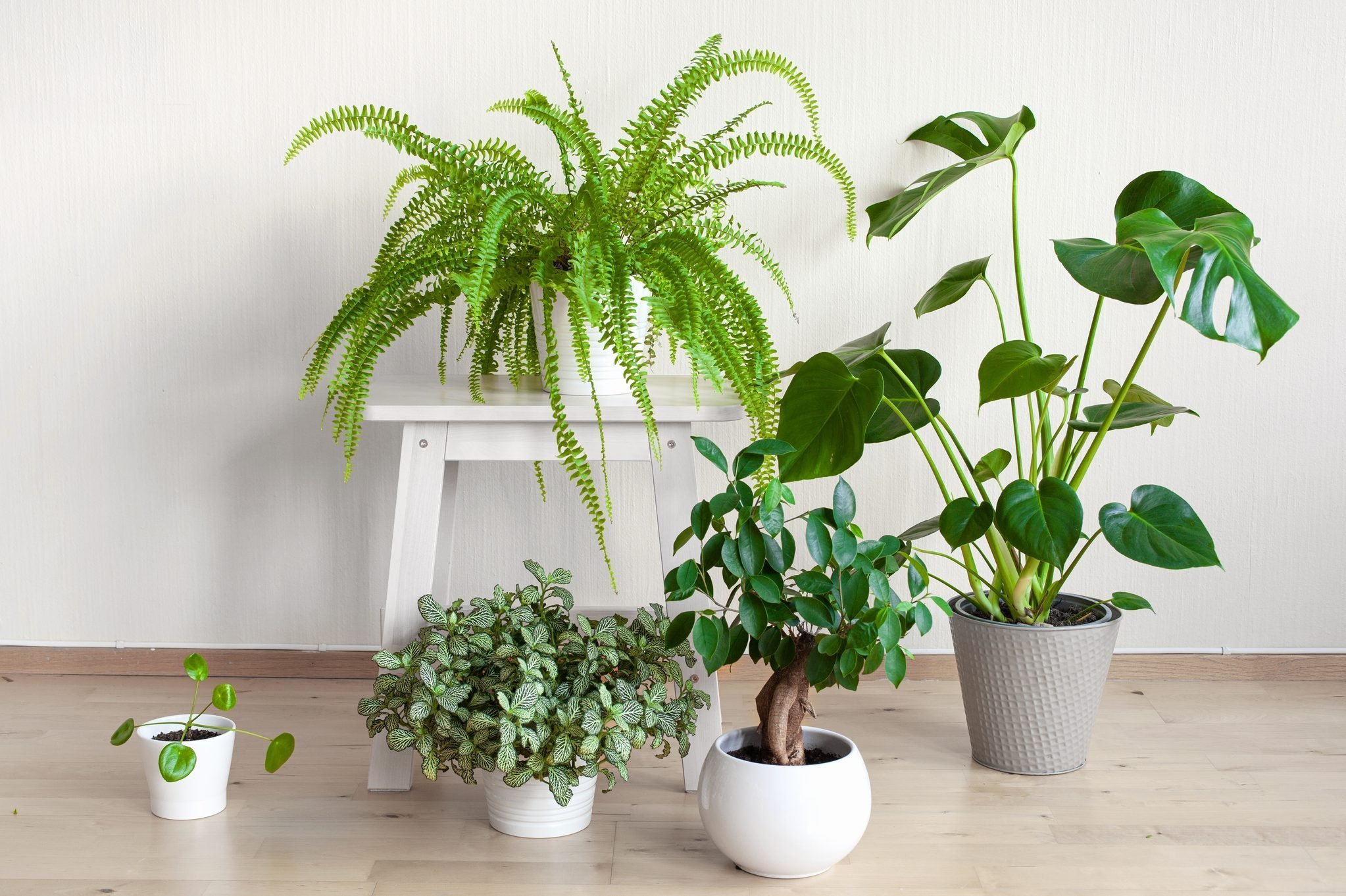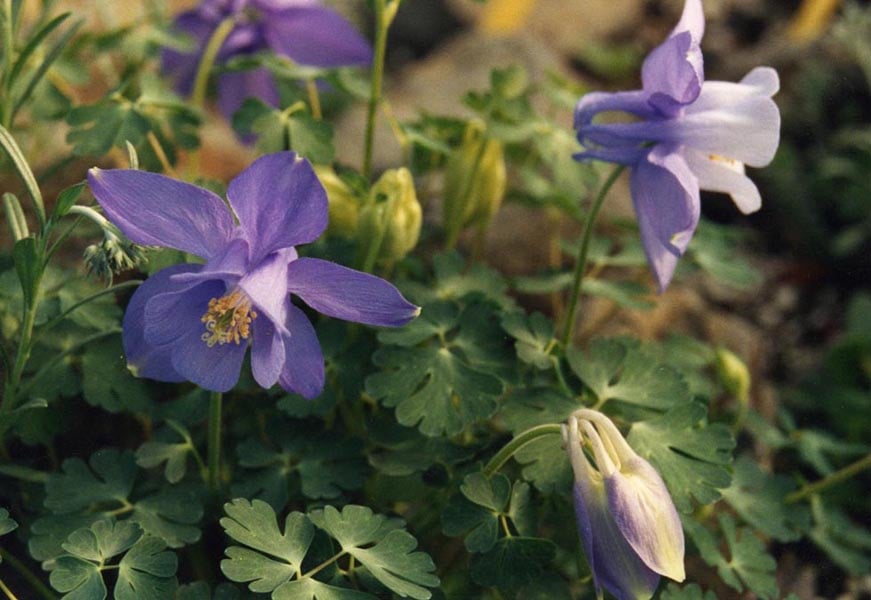How to Grow and Care for Your Pothos ‘Devils Ivy’ Houseplant
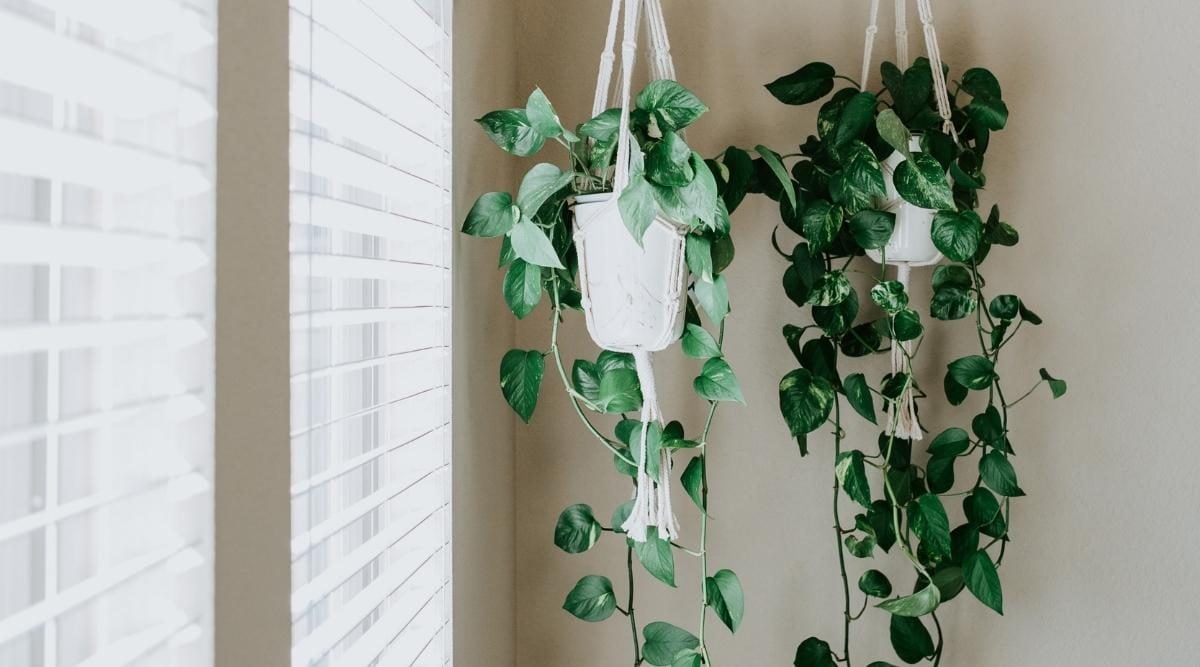
Table of Contents
The ivy plant or pothos plant UK belongs to the family of Araceae, and like other plants of this family, it is also an easy-to-grow plant that requires minimum care and attention to bloom. This feature makes it popular amongst plant lovers who love to cultivate a lot of plants but generally hesitate as they do not have much time to take care of their plants.
It is an indoor plant, so a person doesn’t even have to worry about looking for space to grow these plants, and you can enhance the charisma of your house or garden using the Pothos Plant UK.
These plants are grown in countries like India, China, Australia, Southeast Asia, etc.
The heart-shaped leaves of the Pothos plant UK and the texture the plant possesses help to elevate a person’s mood and also enhance the beauty of the place in which it is planted.
In addition to this, there is no need for any heavy side products or tools to take care of this plant. All you need is a small space, and then you can pursue your plant love with great enthusiasm and with the least effort.
How to Grow Pothos Plant [UK]
1. Water Propagation
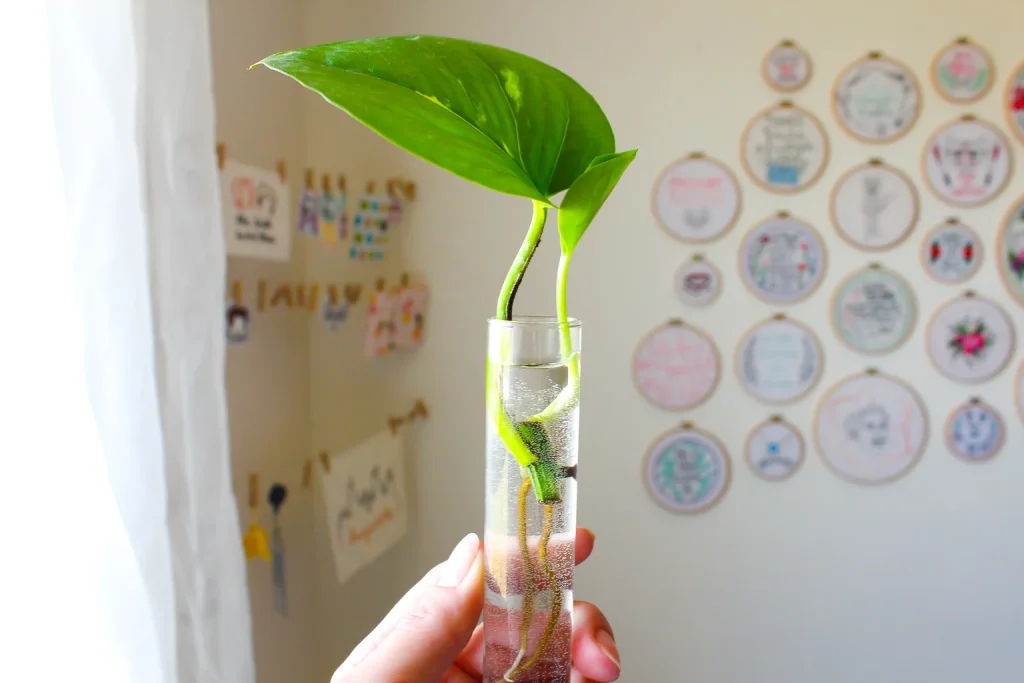
1. Pothos plant UK can be propagated by cutting the stem, which has at least three to four nodes. These nodes will aid the growth of new roots and leaves.
2. After you have cut the stems, now you have to place these cuttings in the freshwater. Before placing these stems in water, remove any leaves from the bottom, as that part will be submerged in the water. You can use any container for this purpose, but it should be properly cleaned so that there are no chances of the plant getting infected.
3. Once the roots start growing from the plant and have grown up to a length of 2-3 inches, the Pothos plant UK is all set to be planted in the soil. This can take up to 6-8 weeks.
4. You should be a little cautious about the soil in which you are planting these stems, as these stems can only sprout and grow in a similar environment as the parent plant.
Hence, ensure that the stem is planted in similar soil and conditions as the parent plant.
So what to wait for now? Plant your Pothos plant UK and get ready for a new adventure.
2. Root Propagation
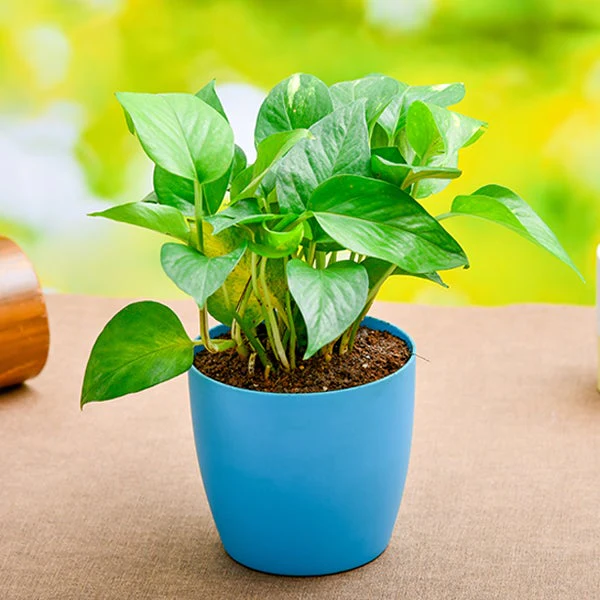
If you don’t want to wait too long and want to plant your plant in the soil directly, then you can follow the following steps.
- Cut a stem with at least 4 leaves attached to it and place the end of the stem cutting in the rooting hormone. To cut the leaves, use a sharp scissors or a knife.
- Plant this stem cutting in favourable soil, such as half peat and half perlite.
- After planting the stems, avoid exposing them to sunlight.
Where to Grow Pothos Plant Uk
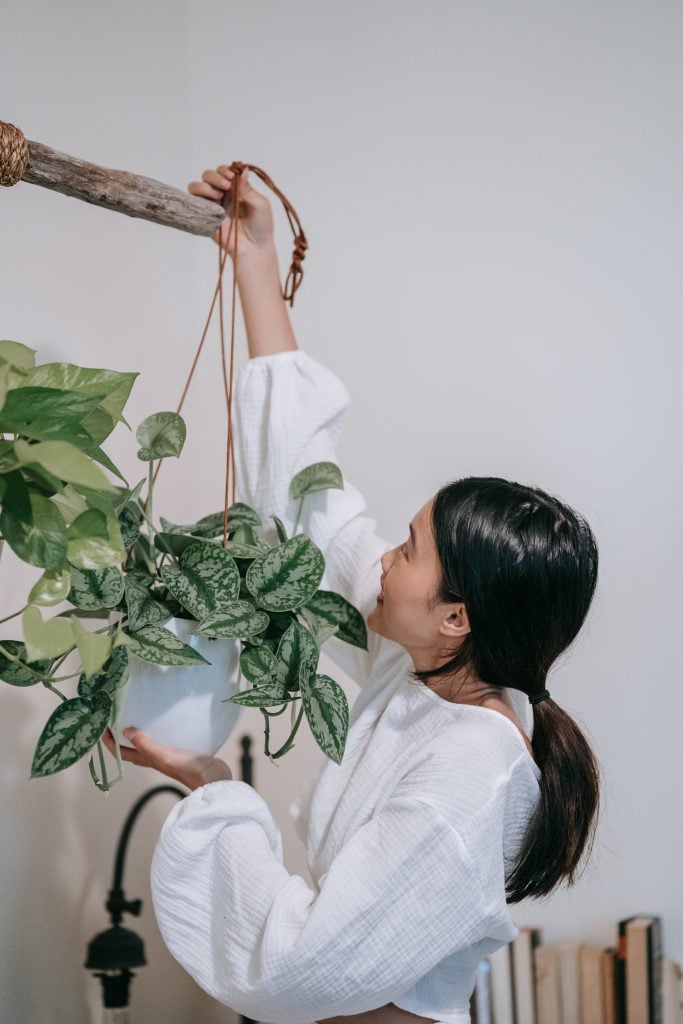
You can either grow Pothos plant UK indoors or outdoors as per your choice. Similarly, you can also grow Pothos plant UK either in a pot or as a vine to embrace the beauty of the space where they are planted. They can also be grown in hanging pots.
Requirements of Pothos Plant [UK]
1. Soil Requirements
The very first and basic requirement needed for the plant is to choose the adequate soil type in which the plant can germinate.
Pothos plant UK or the Devil’s ivy can grow in acidic or alkaline soil. The basic requirement for them is to grow in soil that is porous and aerated so that there is no accumulation of water, as it may hinder the growth of the plants. This feature makes it highly recommended to be grown in water-scarce areas as they do not require too much water for their growth.
In indoor plants, potting mixes can be used to grow healthy and keep them in good shape.
2. Sunlight
Provide pothos plant UK with as little sunlight as possible
It is important to grow pothos plants UK in a space with the least amount of sunlight as these plants get burnt if exposed to sunlight for a longer duration. Therefore, it is advised to grow these plants indoors only.
However, if you still want to grow the plants outside, then ensure that you choose a place or spot which doesn’t get a lot of sunlight, as this might harm the poor plant.
You can select any corner of your house which gets as low sunlight as possible, as devil’s ivy plants can grow in the spot with the least sunlight, and this is what makes them notable. Direct exposure to sunlight should be avoided.
3. Water
This is another distinctive feature of Pothos Plant UK. Apart from the requirement of the least sunlight, these plants also don’t require too much water.
The amount of water that these plants need varies from season to season. But one should always be careful with the amount of water as too much water makes these plants prone to contracting fungal infections.
4. Food and Pesticides
As we are already familiar with the fact that Pothos plant UK doesn’t require any extra care and effort therefore, it isn’t mandatory to feed these plants with any extra fertilizers or pesticides.
However, if you still wish to use any sort of fertilizers or pesticides, then use liquid houseplant fertilizer. It will be sufficient.
If your plant is having a fungal infection, then use insecticidal soap. If that soap is not available, then you can clean the leaves of the plant using a cotton cloth and a solution containing 40 per cent alcohol.
Exceptional Features of These Plants
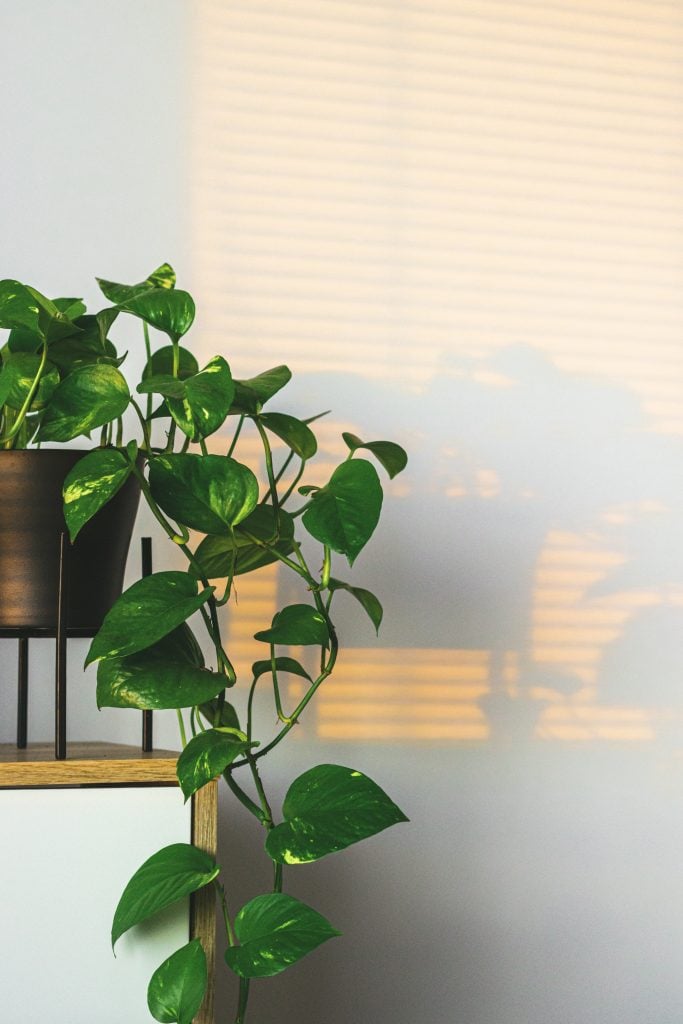
1. They can grow and survive in any kind of environment.
2. They are air purifiers as they remove toxic gases from the surroundings making the air fresh and clean.
3. They don’t require any extra attention or care after planting, so they can be planted by working professionals too.
4. These plants have an average lifespan of 5-10 years.
5. The length of the pothos plant UK depends on the place where it is planted. If planted outdoors, it can grow up to 18 feet tall. The leaves of outdoor plants can grow up to 1 meter or more in size
If planted indoors, they can grow up to 3 meters high. These leaves can grow up to 10-20 centimetres.
6. it is an evergreen plant and can be grown all year round.
When to Repot the Plant
You might need to repot your plant when the plant has outgrown the pot in which it is grown.
When you report your photos of plant uk, ensure that the new pot is bigger than the earlier one and that the soil is the same as the one in which it was grown earlier, as these plants grow in conditions that are similar to the previous one.
Care Tips for The Plant
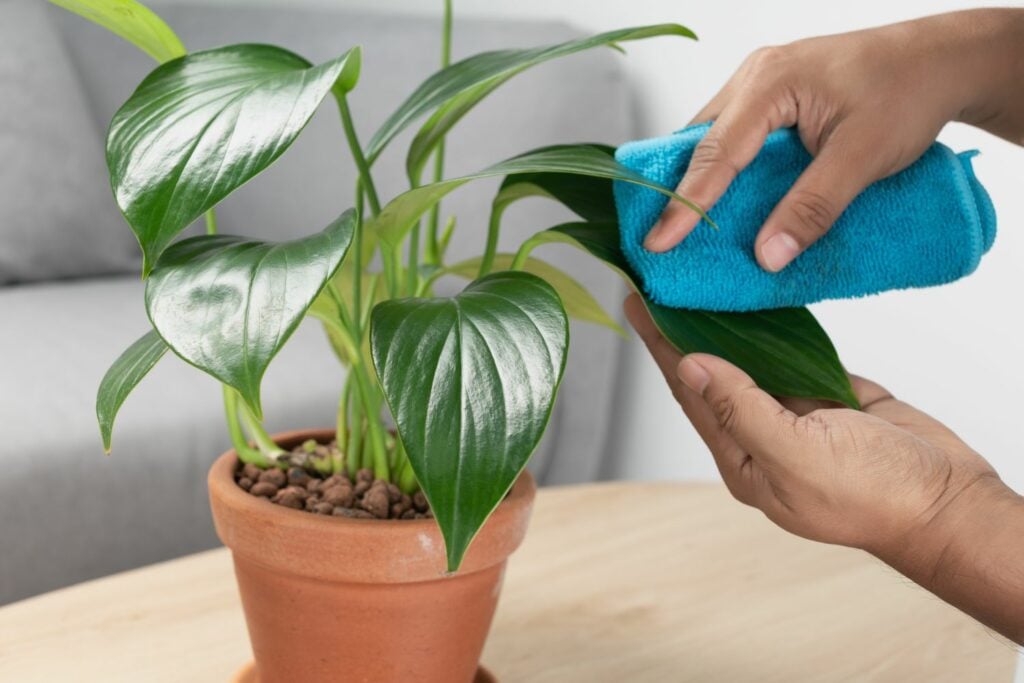
Following are the steps that should be taken so that the plant remains healthy and long-lived.
1. Provision of Drainage Holes in The Pots
One more thing that should be given special attention is the provision of drainage holes in the pot in which you are planting the photos Plant UK. It is important to provide holes so that the extra water itself gets drained from the soil.
2. Temperature
The temperature required for growing Pothos plants UK is between 60-80F. They cannot survive in very cold conditions and will cease to stop growing if the temperature of the surroundings is cold.
3. Humidity
Though these plants can survive in any conditions, still for their full growth, it is recommended to maintain the humidity level in the range of 50-70 percent.
4. No Direct Exposure to Sunlight
If the leaves of the plant have turned yellow, then this is an indication that the plant was exposed to direct sunlight. To prevent the plant from further damage, you need to place it somewhere there is shade or very little sunlight.
5. Be Cautious About Watering Your Plant
These plants only require that amount of water that can keep the roots moist. On average, an indoor Pothos plant in the UK needs to be watered once a week during the summer season and once in 15 days during the winter.
6. Feeding Requirements of The Plant
Feeding can be done once a month. The fertilizers will ensure that the plant is not devoid of any essential requirements. But do not overfeed the plant. This can be a threat to the plant.
Conclusion
Pothos plant UK is an easy-to-grow plant that is grown by many people in their households for the numerous benefits it has.
Though this plant requires minimum maintenance, still it’s our responsibility to take care of the plant, ensuring that it gets all the things required for its survival which includes making sure the plant gets enough light, water, and nutrients.
Ensuring that the plant receives all these in a definite proportion will not consume much time. Instead, it will help the plant so it can continue to enhance the beauty of the surroundings it is planted in.

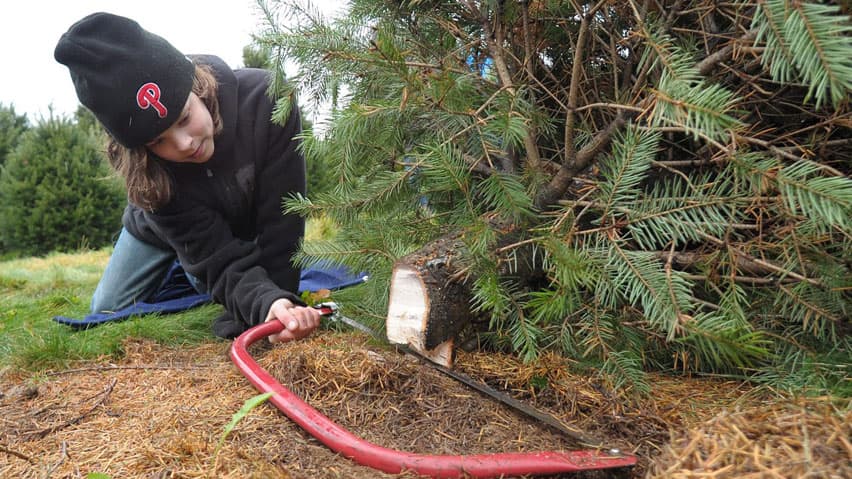
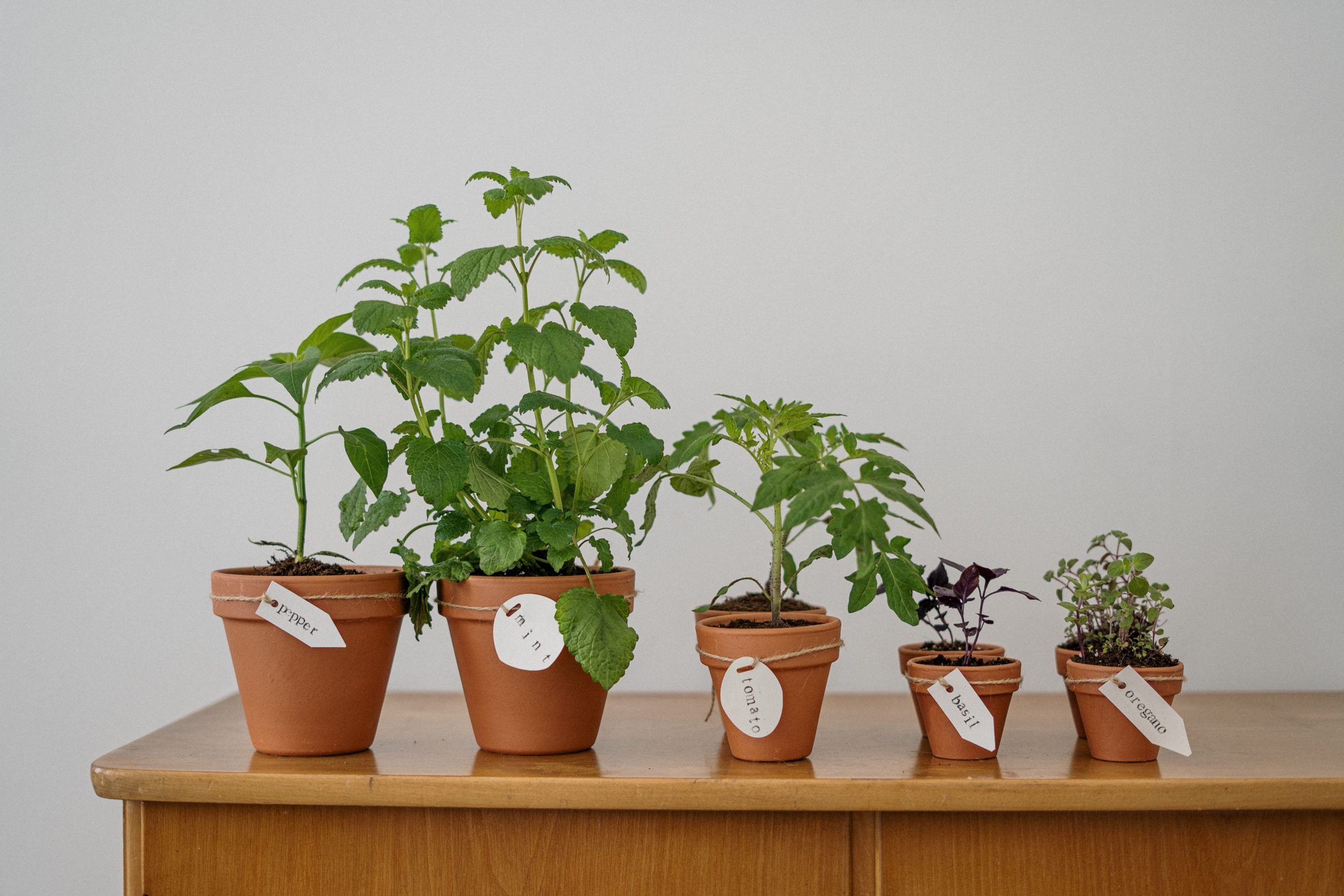
![How to Grow and Care Bougainvillea Plant [UK]](https://staging.thearches.co.uk/wp-content/uploads/Bougainvillea-Plant-Care-Growing-Tips-1.jpg)
